For over 30 years Fighting Films have been in the very privileged position of working alongside the world’s greatest judoka.
The relationship with Neil Adams, Great Britain’s former World Champion and double Olympic silver medalist, spans the entire length of that period, with his talent in commentary and coaching, and his unique ability to combine the two, making sure that he has consistently stayed at the very highest level of the sport.
Through our partnership with the International Judo Federation, we have had the honour of filming at all of judo’s biggest tournaments and witnessing those iconic moments, when Olympic and world champions are crowned.
We have sponsored many of these champions, most of which have worn our IJF approved gis, including Great Britain’s Graeme Randall and Craig Fallon, Czech Republic’s Lukas Krpalek, Kosovo’s Majlinda Kelmendi, Georgia’s Lasha Shavdatuashvili, and, of course, Greece’s triple World and Olympic Champion Ilias Iliadis, who helped launch the Superstar judogi in 2011.
But, without question, the highlight of our work is when we collaborate with a judoka to produce a video coaching masterclass. These projects, which we pioneered in the mid-1990s, showcase the unique techniques and training methods developed and used by some of the greatest judoka to have graced the tatami.
Germany’s double World and Olympic Champion Udo Quellmalz was the first of many fighters to come through the Fighting Films doors. He was followed a few years later by triple World and Olympic Champions Toshihiko Koga of Japan and Ki-young Jeon of Korea. Several years later, another Japanese triple World and Olympic Champion – Kosei Inoue – and Dutch Olympic Champion Mark Huizinga joined our masterclass line-up.
The biggest step we made came in 2015, when we built our own full-time studio/ dojo and launched our online coaching subscription site – Superstar Judo. Whereas our previous coaching productions required hiring a studio space, we now had a permanent location ready to film at any moment. The switch in format from DVD to an online subscription model also meant that we felt obliged to regularly produce and release coaching content. Since 2015 we have had over 20 of the world’s best judoka reveal the secrets to their success on Superstar Judo.
Our unique coaching concept is influenced by a wealth of competition footage, which we have filmed throughout the entirety of a judoka’s senior international career. We pride ourselves on analysing, in depth, the intricacies of their techniques. How do they initially get into the position to throw? What are the differences in their techniques when used against right or left handed opponents, or those that take unorthodox grips? In which direction do they attack and finish the throw? How do they combine it with other techniques?
We find that this visual aid plays a big part in understanding these techniques, not just for us, but for the judoka as well. Their way of traditionally demonstrating a throw with a compliant uke is very different to the realities of a competitive example, where there are always a variety of different factors involved. Fighting Films’s job is to portray the images as realistically as possible when filming it in the studio.
For this reason, an uke’s job has a huge amount of significance. They need to have flexibility in terms of their gripping and stance, so that it realistically reflects a champion’s opposition. Most crucially, they need to be able to fight the champion. Before filming each sequence, we agree with both fighters the resistance level posed by uke. Generally, the higher the level of resistance, the more realistic and spectacular the throw looks.
We film using a multitude of cameras, including atleast two dedicated slow motion cameras. This means that the details of a technique can be seen from a variety of different angles. Having recorded the technique in full, the champion will then show us all of its different components in a slowed down, step-by-step, format.
When it comes to their three or four most important techniques, we will also ask for the champion to give us his back story; how did they learn and develop it? What do they consider are the most important technical points? On some occasions, they may have a unique way of training the technique, which we will then film separately. All of this helps in understanding the true inner makings of a champion’s technique.
Finally, once all video elements are recorded, we move onto photography, making sure that we document every technique in motion and as stills. A big shoot can entail several thousand photographs. This includes full sequences and important close-ups of each technique. We will also take a number of posed and natural photographs for marketing and branding. But, the actual number of images we use at the time of promoting the shoot is a tiny percentage of the total. Across the years we have compiled a huge archive of elite coaching images, the vast majority of which have never been seen before.
Judo stills photography will always give you something different to video, not just aesthetically, but technically. The photograph gives the viewer the time to really appreciate the exact grips and form of the body, as the throw is executed, in a way that video does not.
It’s these images that form the spine to our newly released series of books – Superstar Judo’s guide to Throwing for Ippon. The variety of images, combined with an innovative approach to editing, have contributed to a truly unique set of books.
The first ten books, plus the introduction – Hajime!, are available from 1st December 2022, with a further 11 to be released in 2023 (there will also be an additional three books on Ne waza released). Throwing for Ipponis the first Fighting Films project to unite all of the champions we have worked with.
Each book focuses on a different throw. The throw generally starts with the technique’s origins and the traditional methods of teaching it, followed by variations using alternative grips, entries, directions of attack and combinations. All of those champions who we have worked with and who specialise in that particular technique form the basis of that book.
The fighters who made the technique their Tokui waza often lead the book and tend to regularly feature throughout it. It’s important that the fundamentals of the technique are understood first. So, those who were able to throw with it in competition using traditional grips or methods of entry are the ones who introduce it.
Having established the basics, the throw starts to develop. Quite often, the Japanese champions we have worked with – multiple World and Olympic Champions Toshihiko Koga, Kosei Inoue and Keiji Suzuki – will feature early on. When it comes to the end of the book, the most complex, technical variations normally come from the unorthodox and deep grips of the Georgians and Mongolians.
There is a great mixture of worldwide styles featured throughout the books, which also includes Korean and Russian judo, and the western styles of France, Germany, the Netherlands, Great Britain and USA. Throughout the series there are a total of nine Olympic Champions and 11 World Champions represented.
Essentially, the books focus on the reality of throwing for Ippon with the technique, as opposed to a technical summary of its classical and traditional teachings. This follows the production style of Fighting Films, which portrays the evolution of high level competition judo. Our aim is to educate and inspire those judoka who watch or read our videos and books. Some judoka will attempt to replicate the champion’s technique in full, whilst others will use and adapt ideas into their own judo repertoire.
Throwing for Ippon is for all judoka. Whether you are a beginner, who wants to understand the basics of a throw, or a Dan grade who is looking to develop an existing technique, or find inspiration for a new one, these books are not to be missed.
Whilst our Ippon Books masterclass series follows a similar theme in terms of its individual technique layout, the books are limited to one author. Throwing for Ippon calls upon the expertise of numerous high level judoka. There is also a significant difference, both in terms of the competing eras of the judoka and the quality of the photographs. The vast majority of judoka within Throwing for Ippon have fought in the last 20 years. This period of time has contained a huge advance in the development of competitive judo and the diversity of techniques.
In particular, the photographic sequences help elevate the books into a new judo stratosphere. When editing the books we have looked very closely at the exact details of a technique. If the photograph is a particularly beautiful image and contains the key coaching points, we will give it a full page. Though, more often than not, we will use a combination of photographic sequences and close-ups.
The sequences vary in terms of the number of images and the direction in which they are laid out. If the direction of the throw is from left to right, then that is direction they appear on the page. If the throw has several stages to it, or is part of a combination, we highlight each critical moment. This is done by editing certain photographs so that they are more prominent, either in terms of their size or brightness. We have used ghosting effects on many of the images, gradually increasing or decreasing the contrast of the images within the sequences, to reflect the most important technical aspects of the throw.
Each book in the guide can be purchased individually (on Apple, Amazon & Google). They also read in order of their book number, forming one overall coaching manual. Certainly, if you are just interested in one or two of the techniques available, then it’s advised to read the introduction - Hajime! first (free of charge. Also available to download from FightingFilms.com), followed by Book 1 - The Throw and Book 2 - The Grip (priced at 99p each).
The introduction and the first two books explain the concept of Throwing for Ippon and, most importantly, they form the overview to the different judo systems developed by the champions featured. Having this context helps in understanding the true nature of their individual techniques. It’s for this reason that we have kept the pricing on books one and two so low.
Presented by Superstar Judo, Fighting Films’ online coaching subscription site, the techniques can also be viewed in video format by clicking on a QR code at either the start or end of each book (a number of these videos are free to view).
This guide is an essential for all judoka. Throwing for Ippon reveals the techniques that are proven to work at the very highest level.
The author is Fighting Films partner Danny Hicks, who was IJF TV Director from 2009-2017.
The first ten books of Superstar Judo’s guide to Throwing for Ippon are available as e-books on Apple, Amazon and Google. Books released on 1st December 2022:
- Introduction – Hajime (Free) Also available to download at:FightingFilms.com
- Book 1 - The throw (£0.99)
- Book 2 – The grip (£0.99)
- Book 3 – Uchi mata (£2.99)
- Book 4 – Ouchi gari (£2.99)
- Book 5 – Seoi nage (£2.99)
- Book 6 – Osoto gari (£2.99)
- Book 7 – Ashi guruma & Harai goshi (£2.99)
- Book 8 – Sasae, Hiza & Harai tsurikomi (£1.99)
- Book 9 – Kouchi gari (£2.99)
- Book 10 – Tai otoshi (£1.99)
Books to be released in 2023:
- Book 11 – Kosoto gari
- Book 12 – De ashi barai and Okuri ashi barai
- Book 13 – Tani otoshi
- Book 14 – Ura nage
- Book 15 – Sode tsurikomi goshi
- Book 16 – Koshi guruma
- Book 17 – O goshi
- Book 18 – Tomoe nage
- Book 19 – Sumi gaeshi
- Book 20 – Uki otoshi
- Book 21 – Kaeshi waza
Superstar Judo’s guide to Ne waza – to be released in 2023:
- Introduction
- Book 1 – Osaekomi waza
- Book2 – Kansetsu waza
- Book 3 – Shime waza

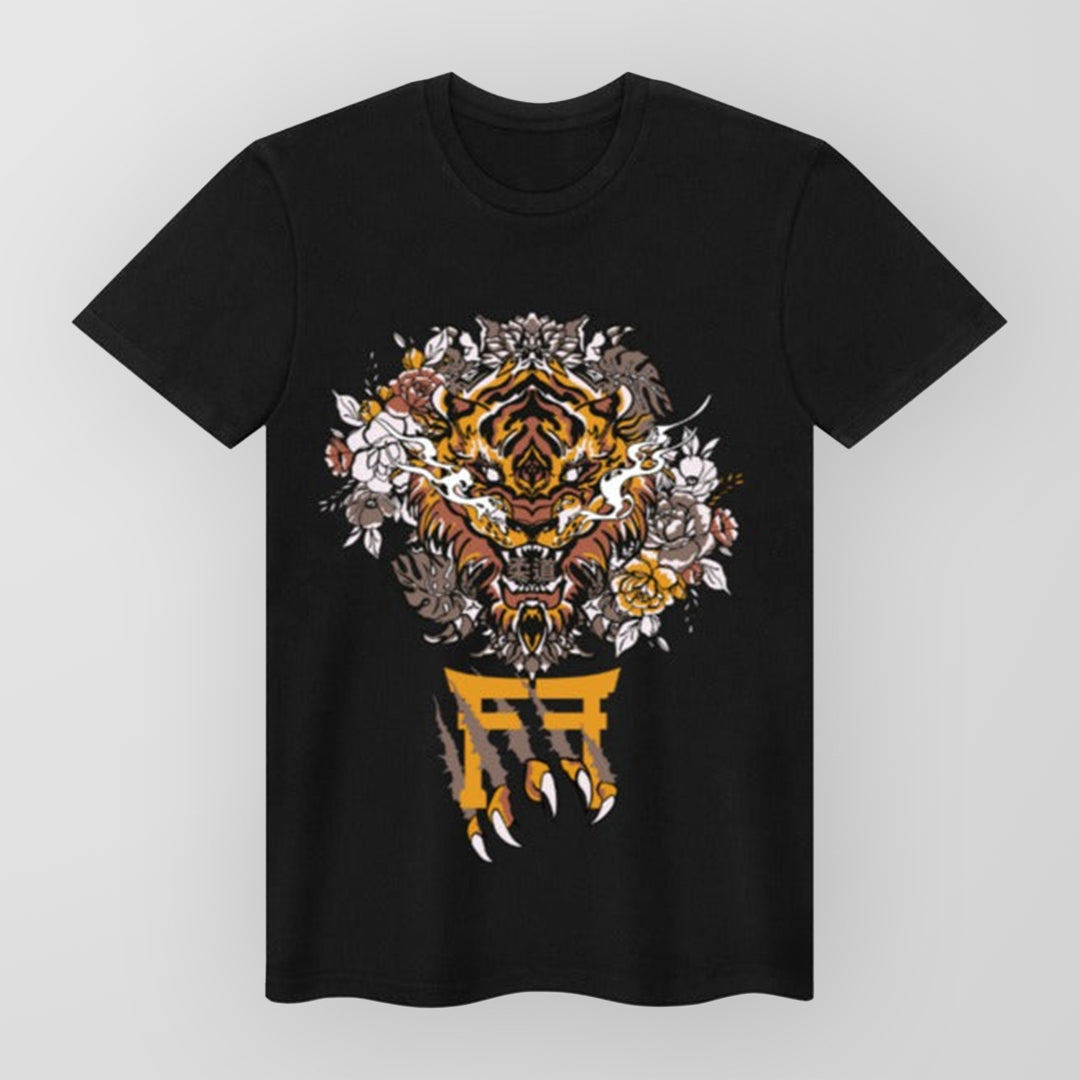
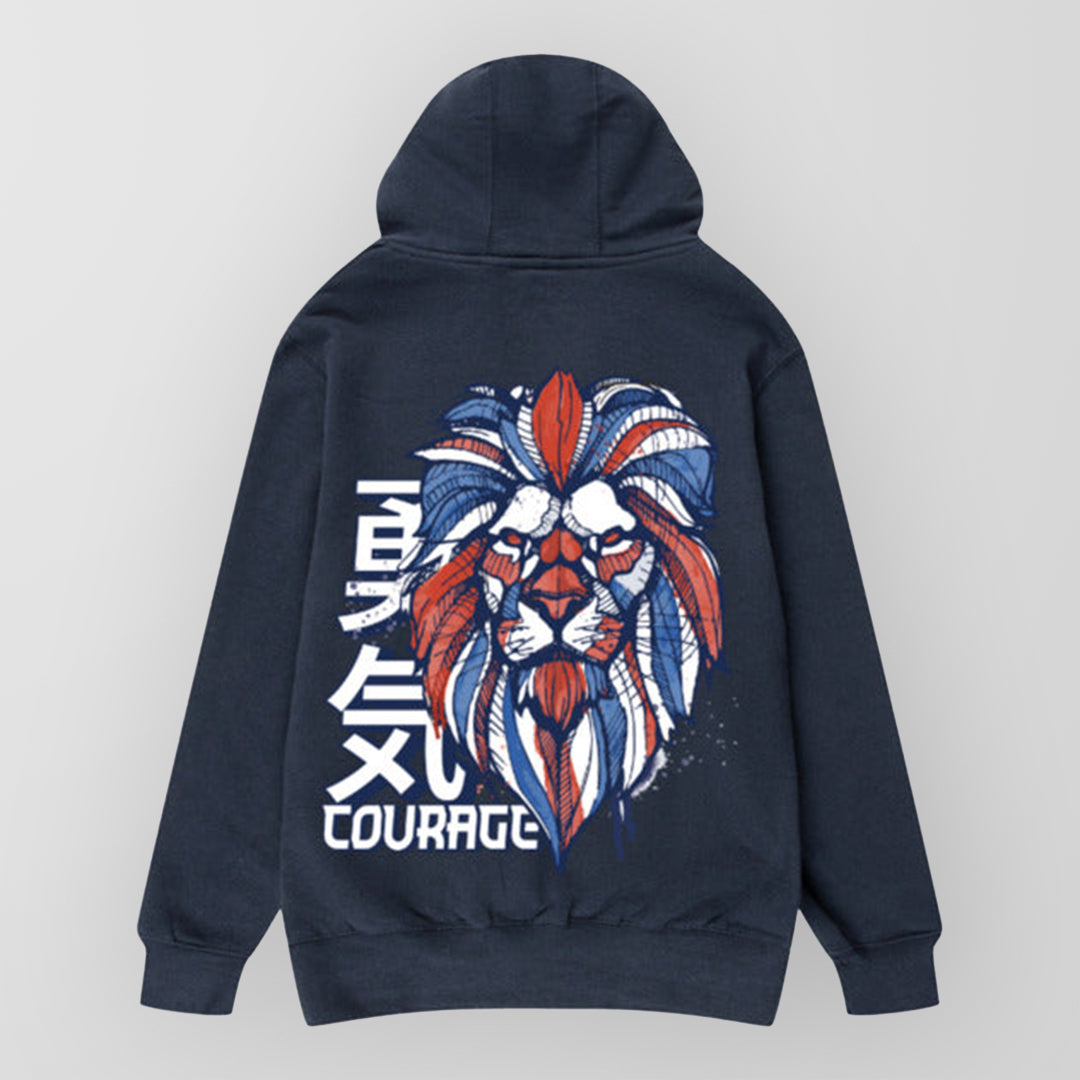
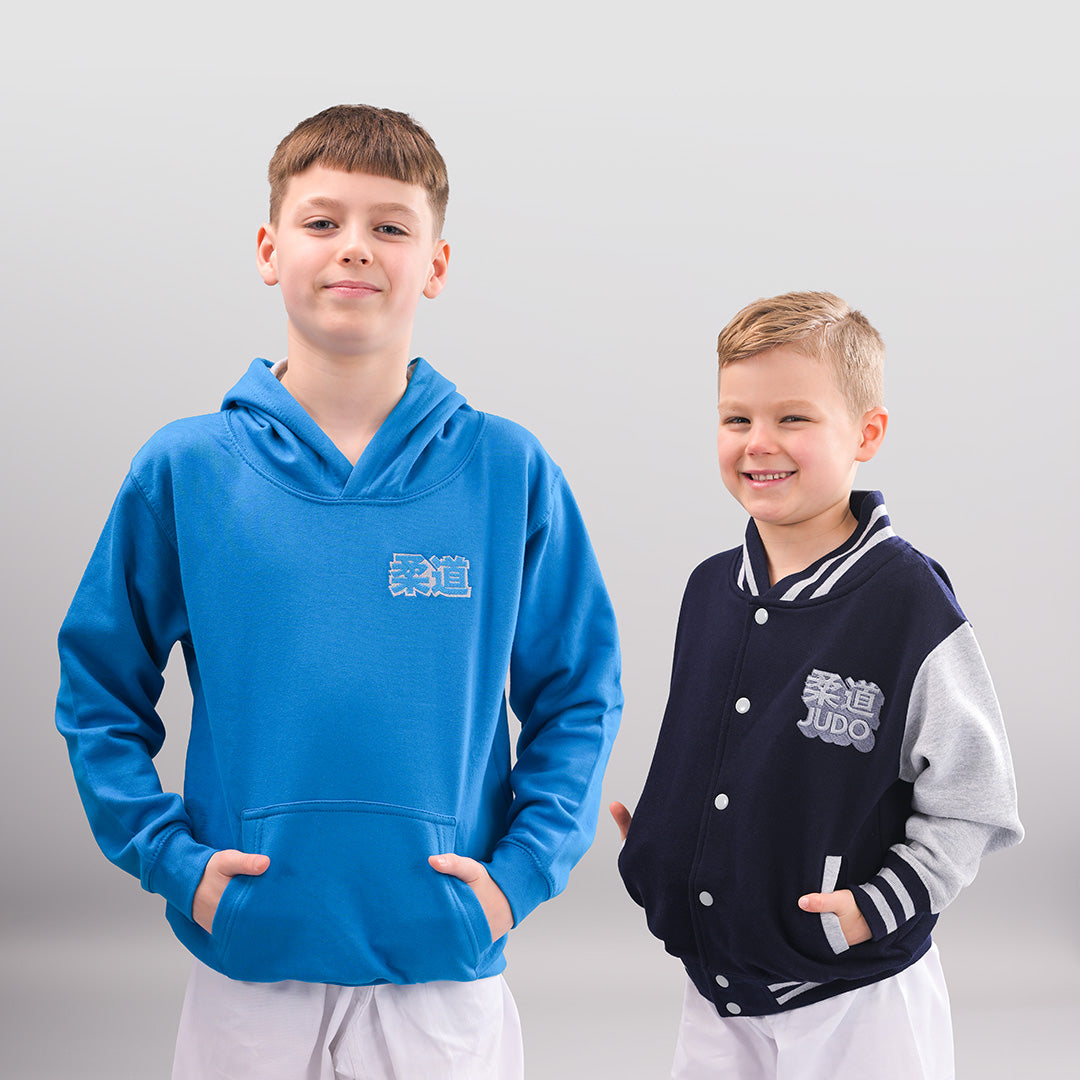
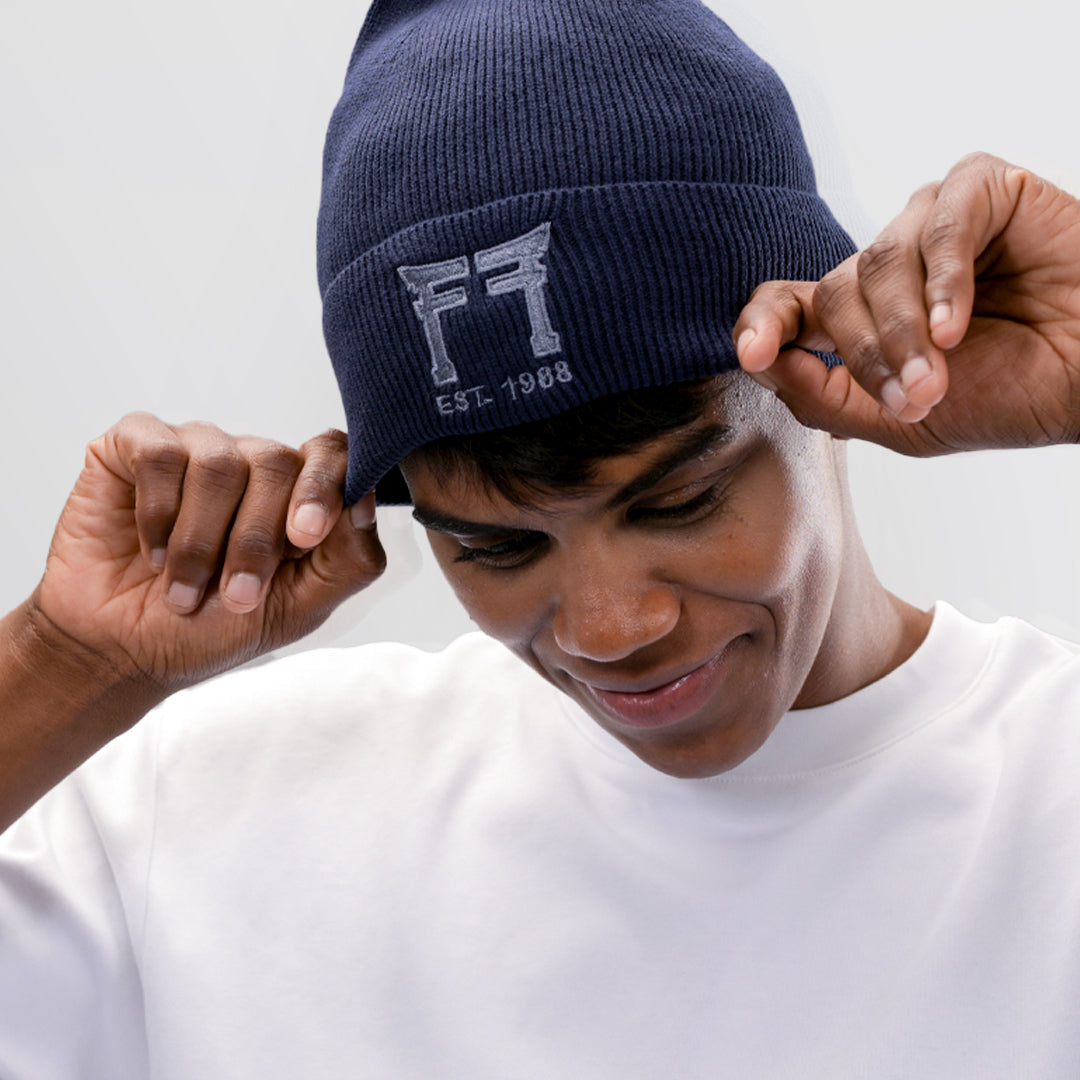
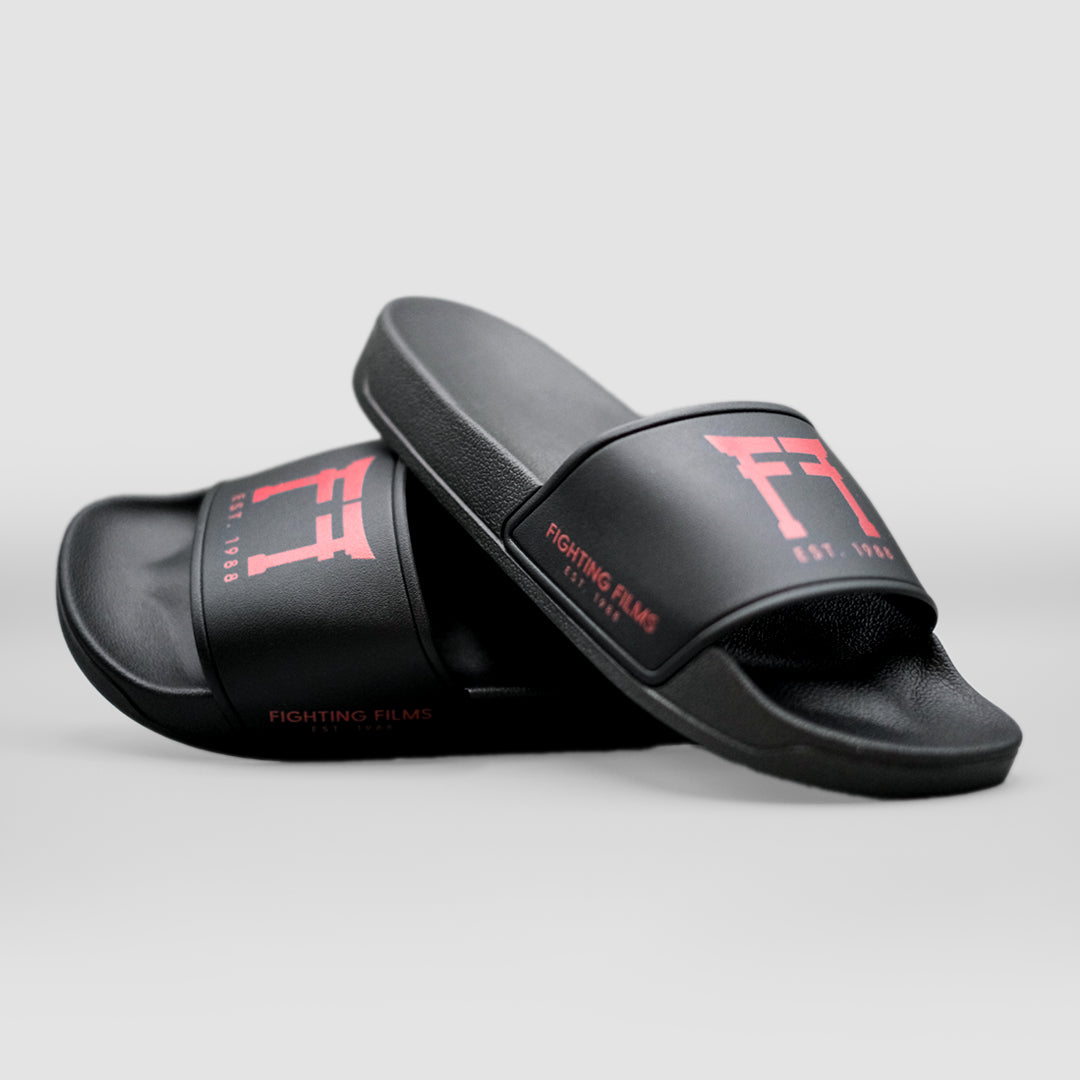
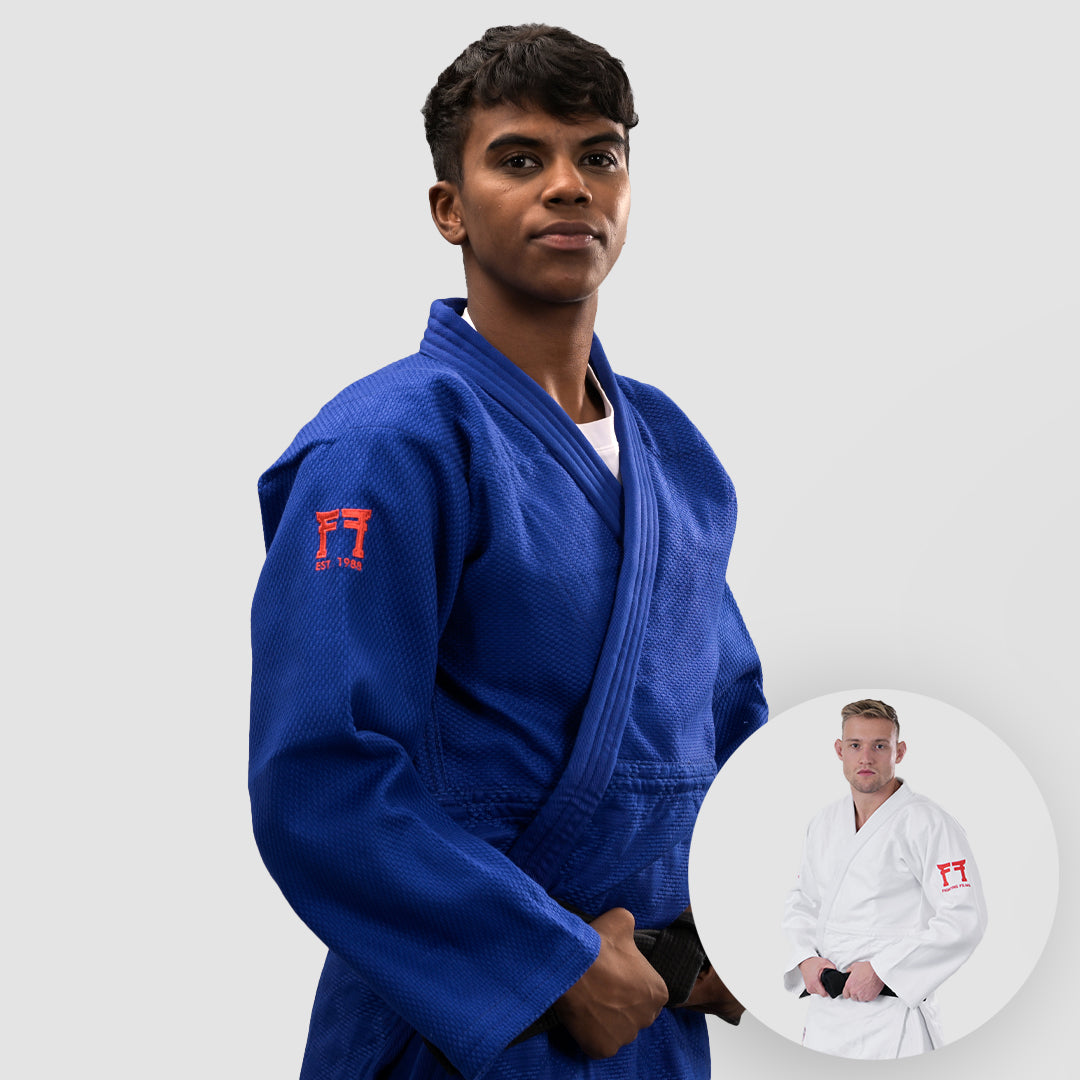
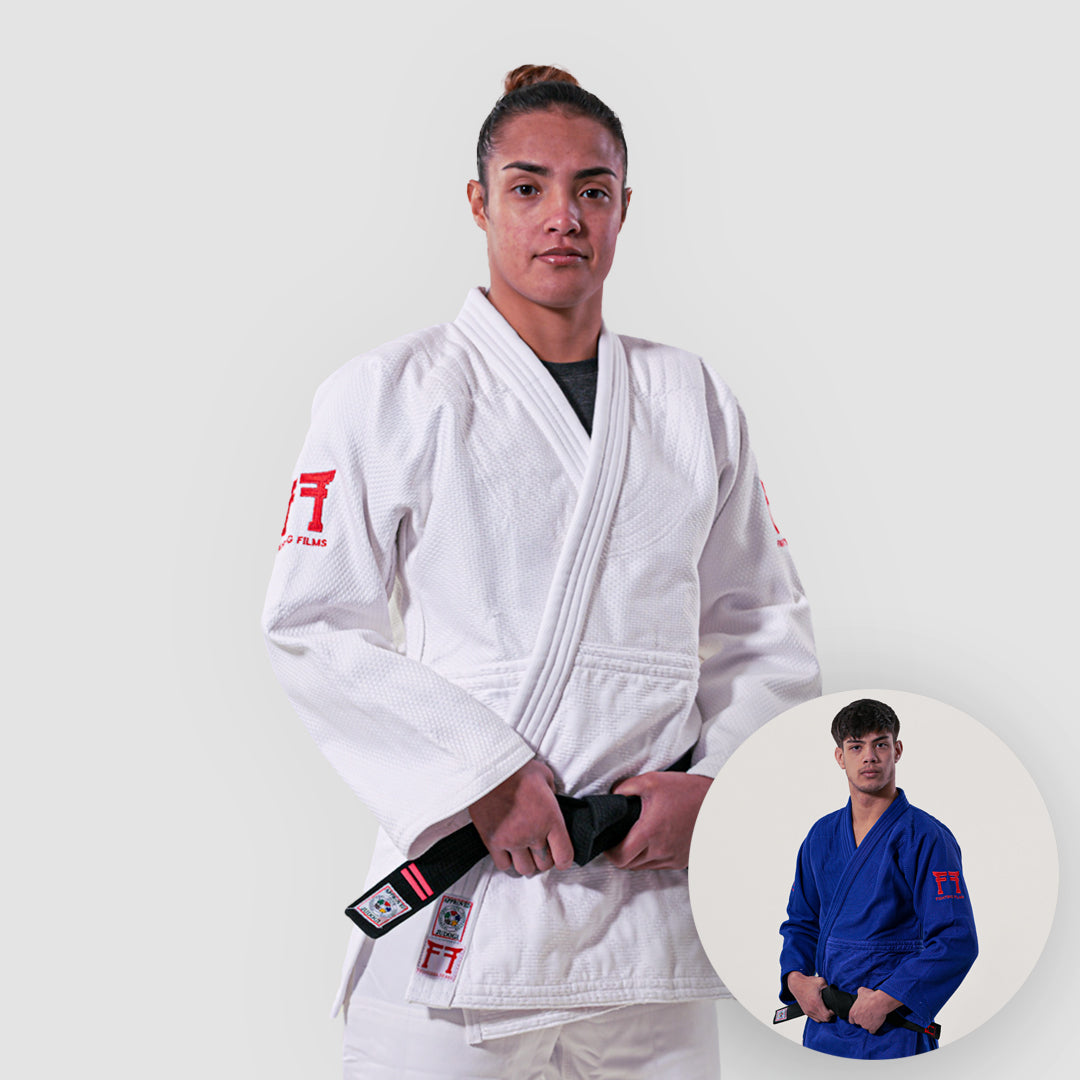
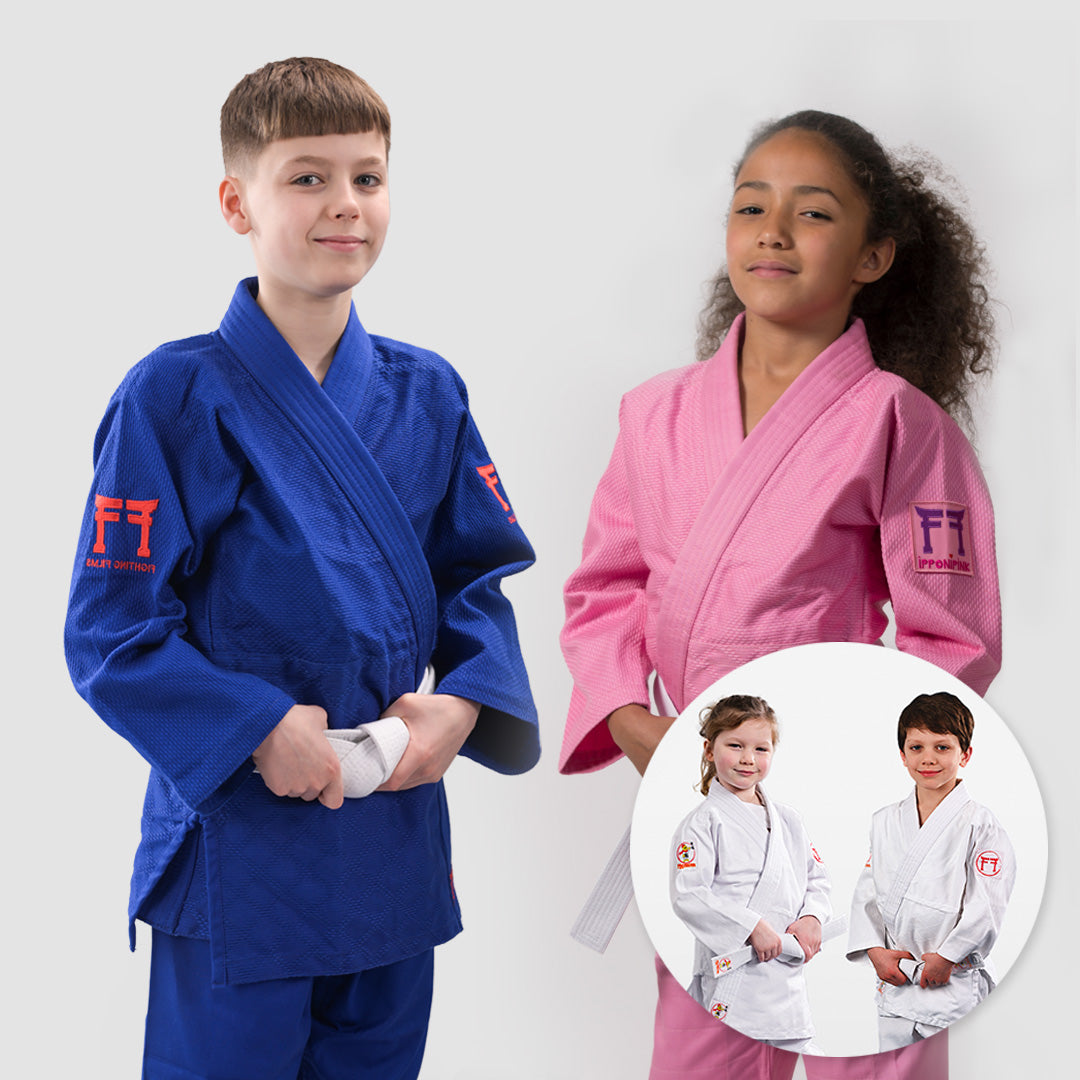
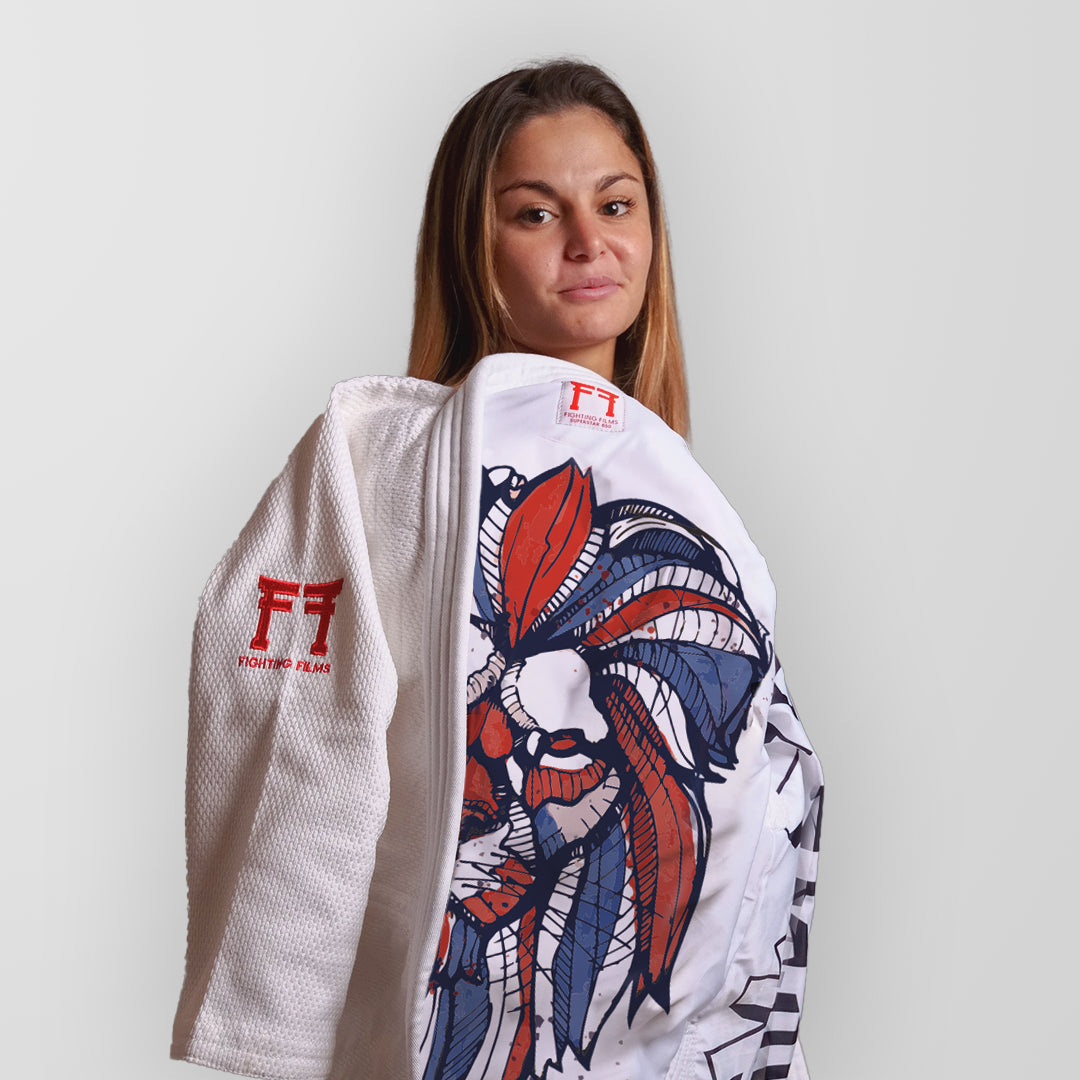




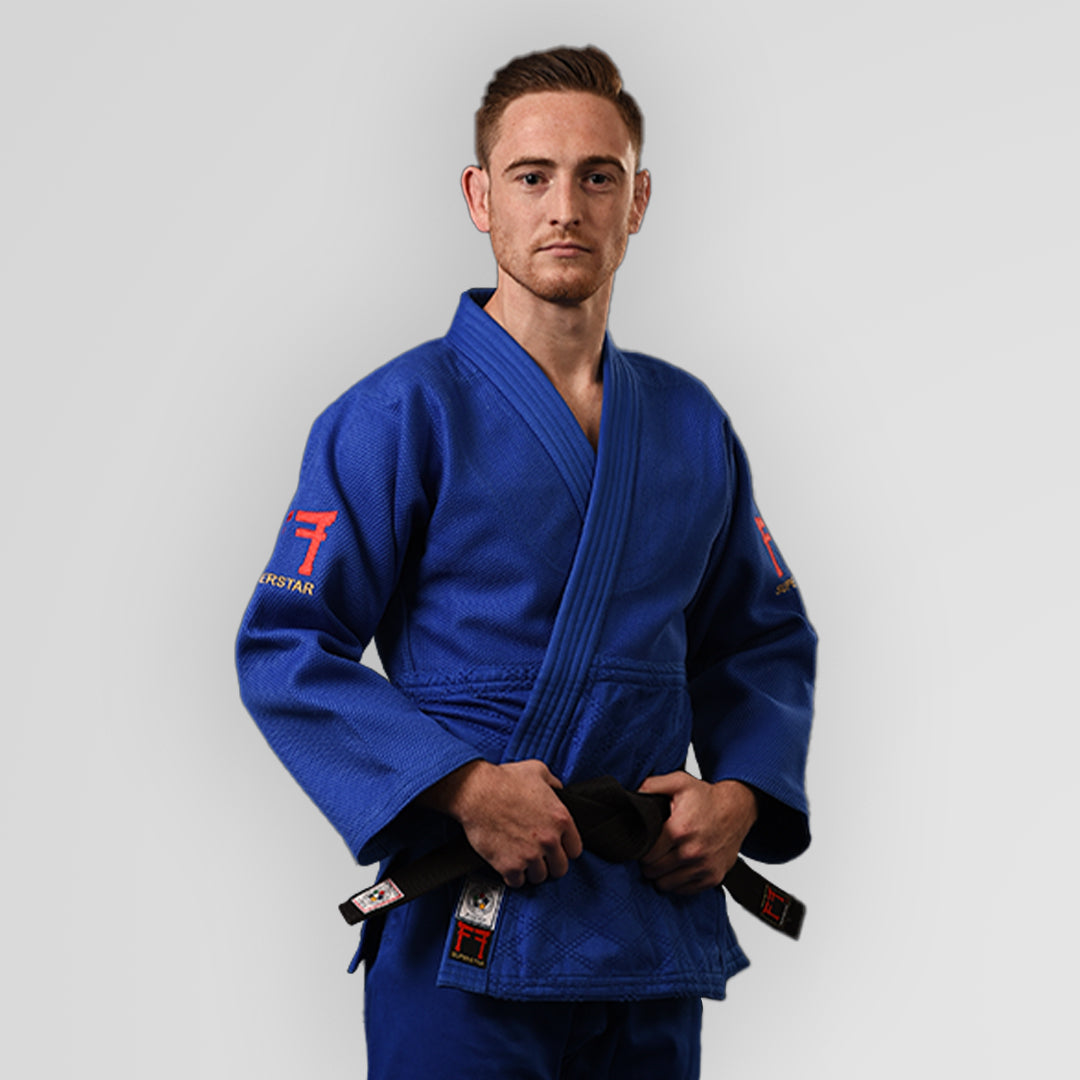


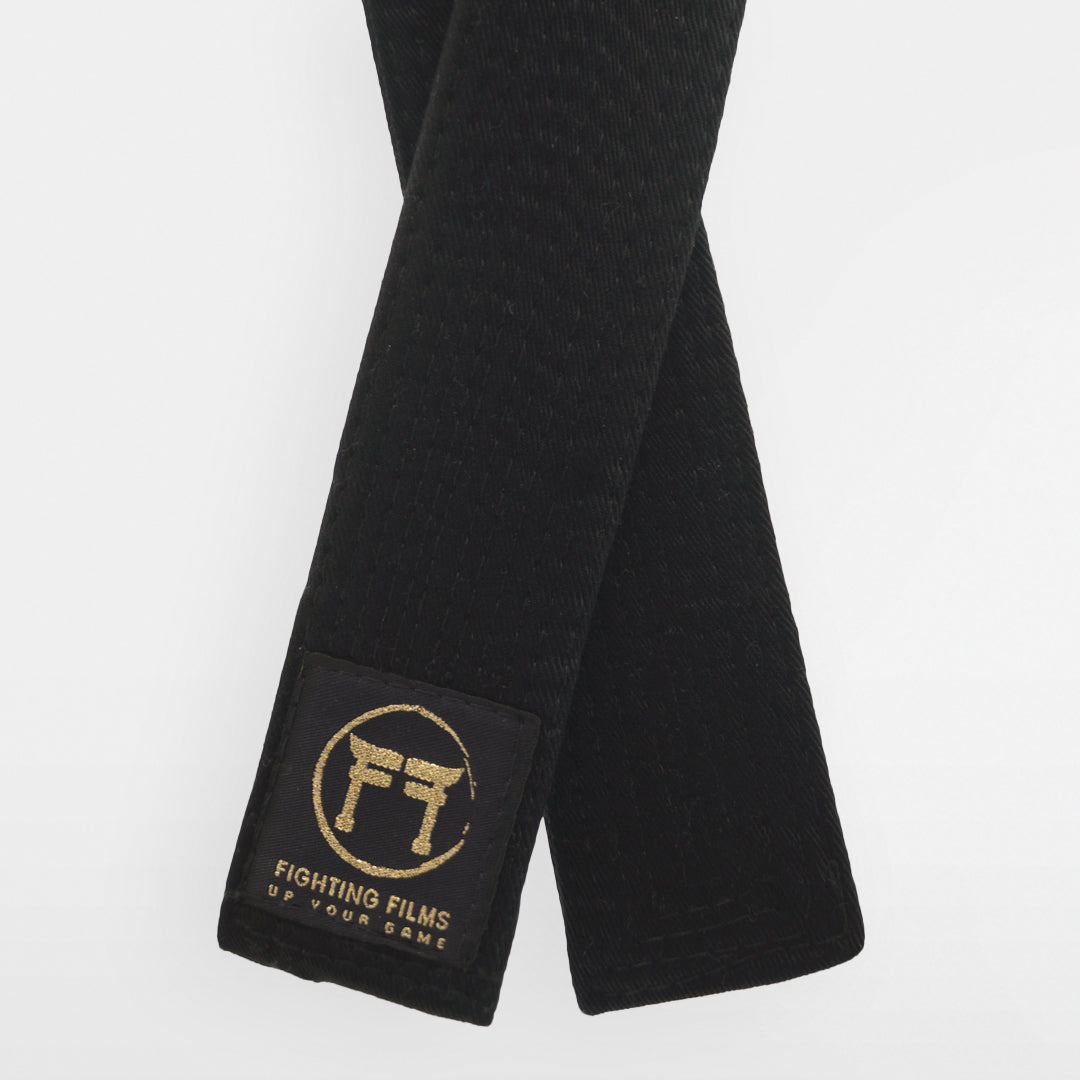
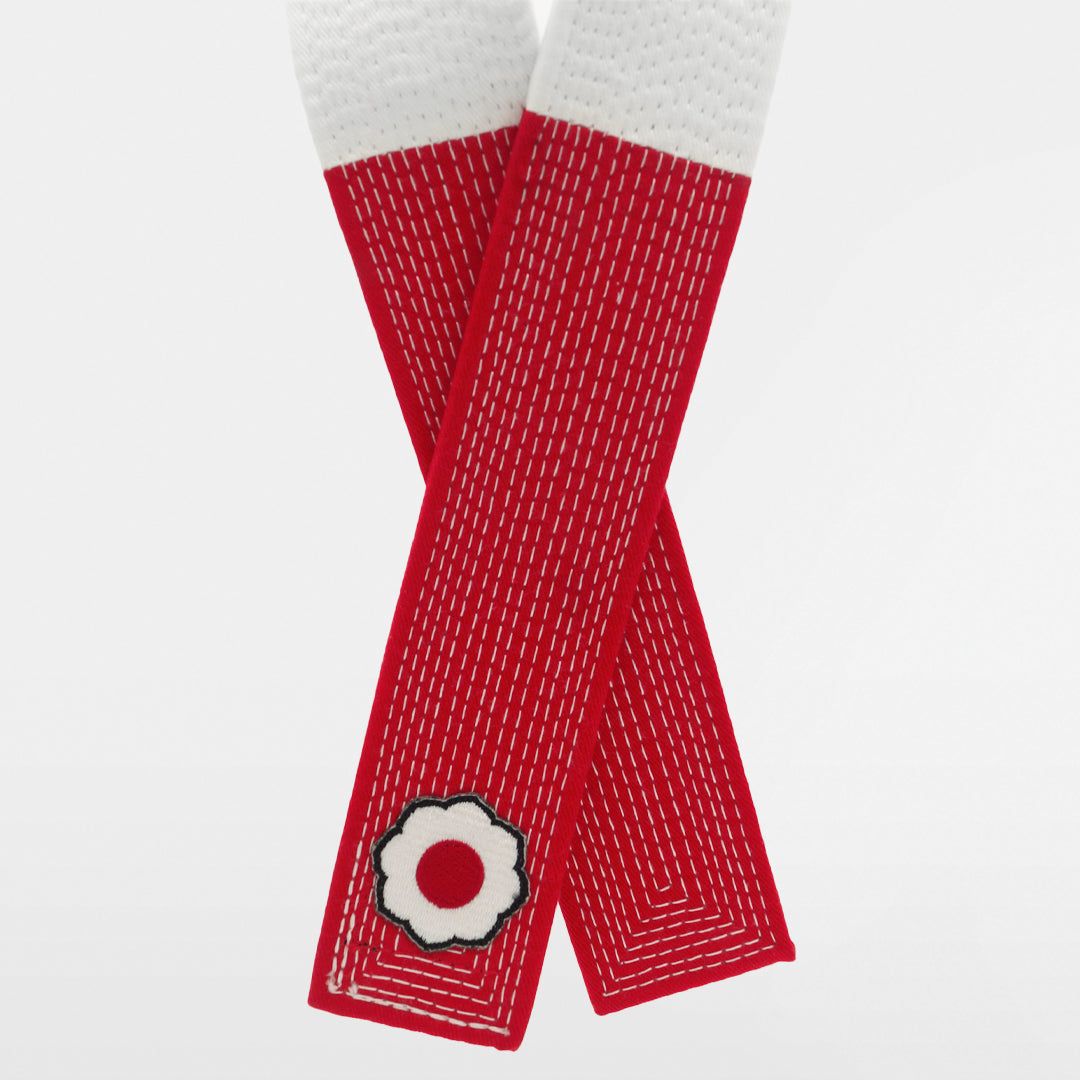


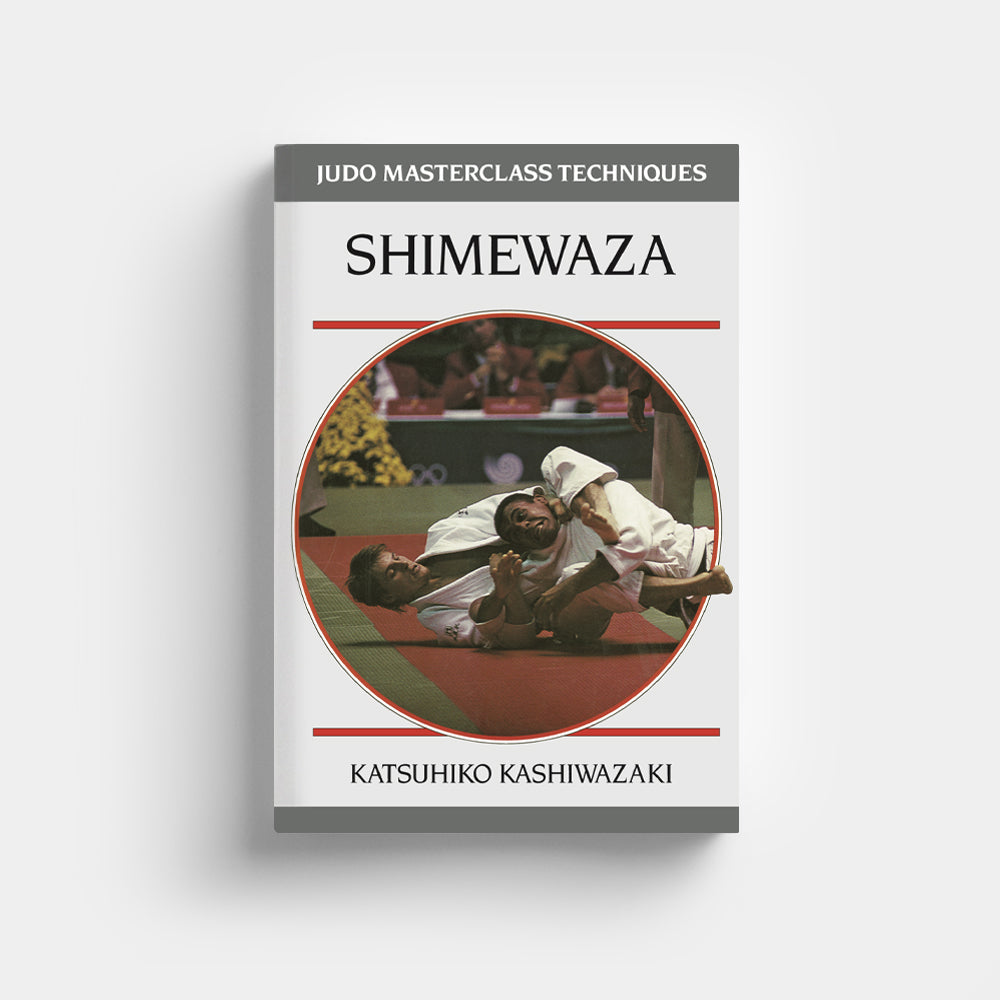
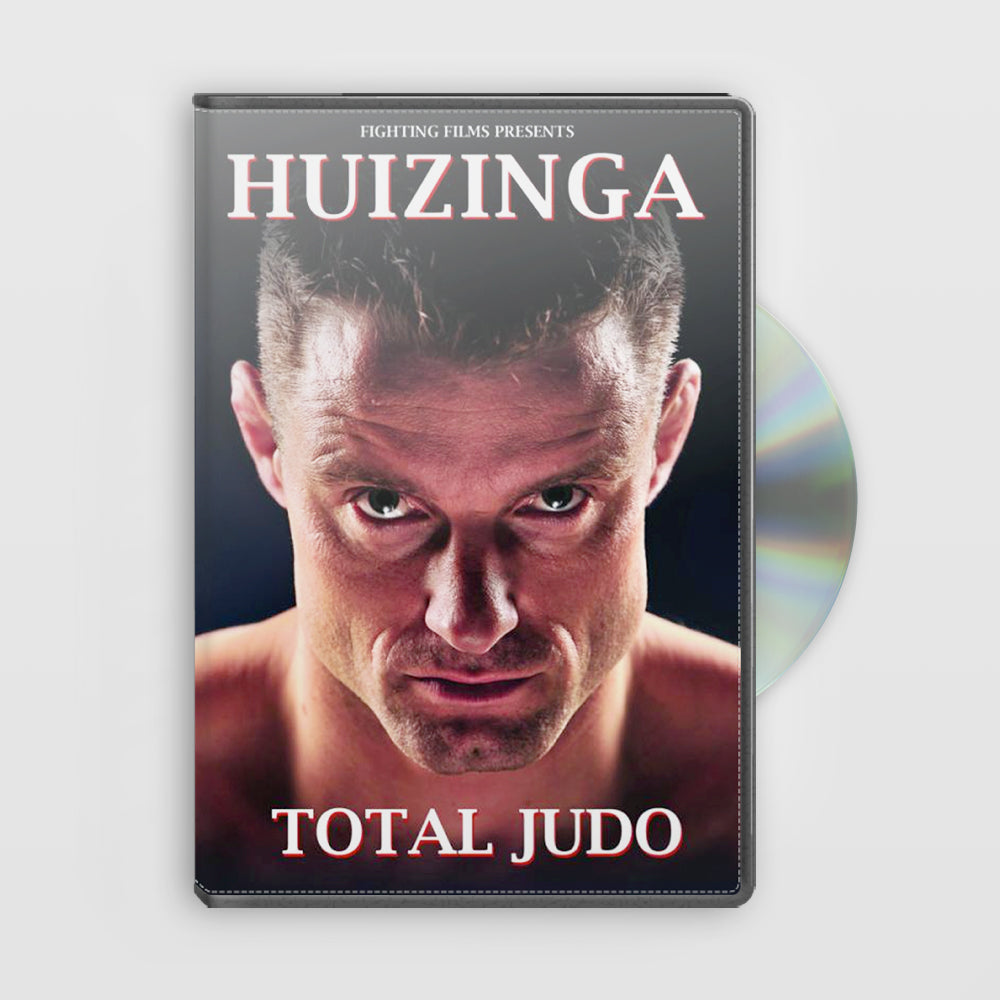

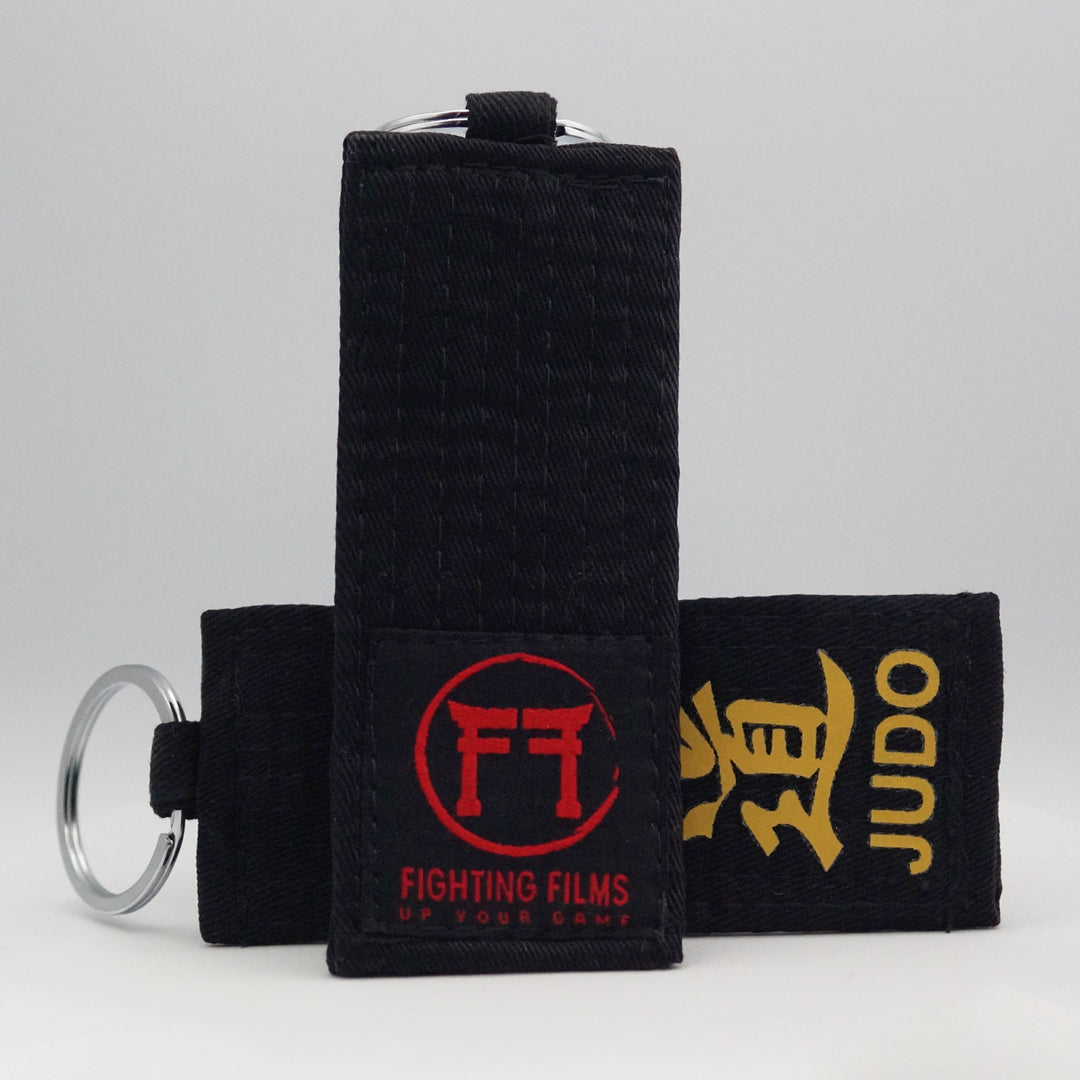


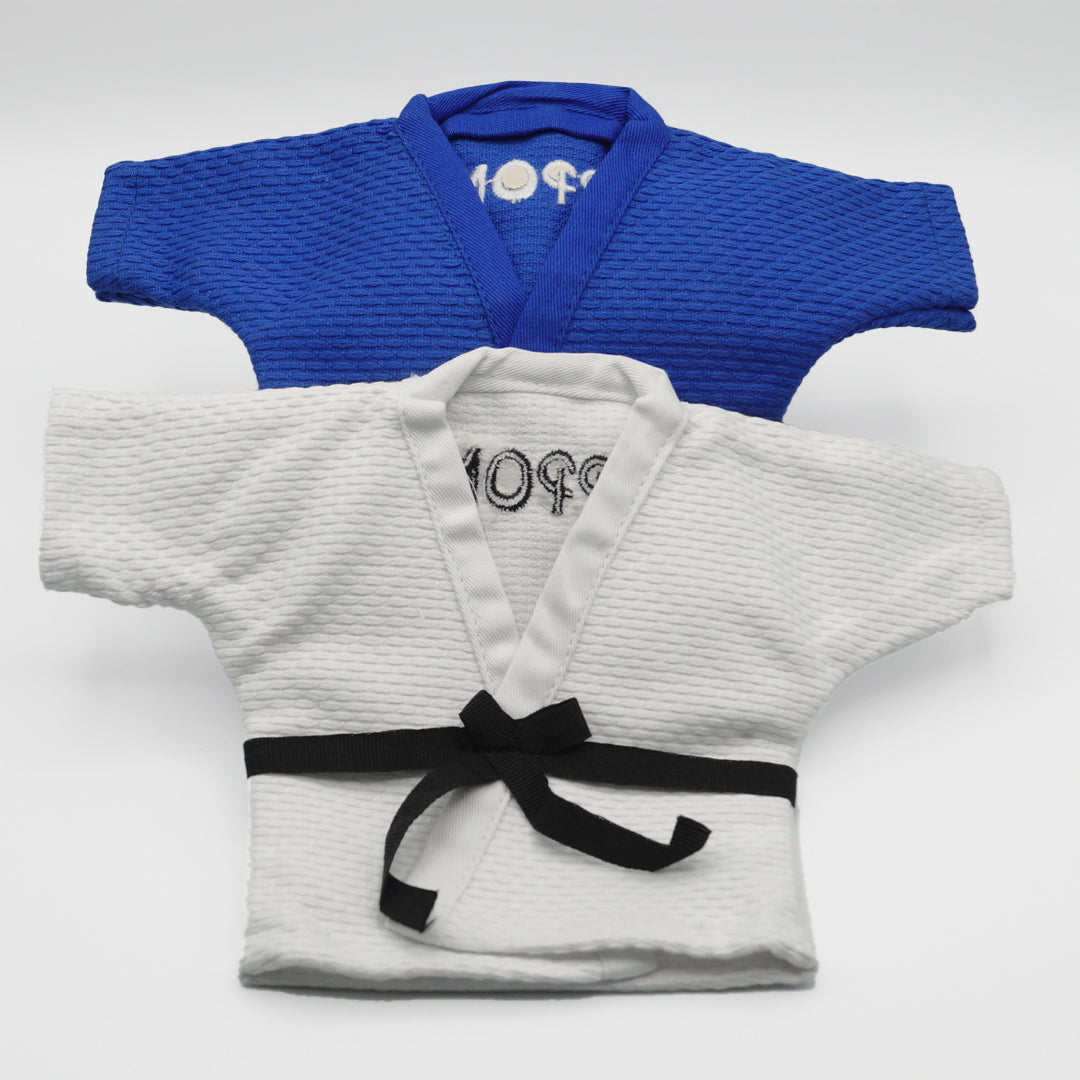
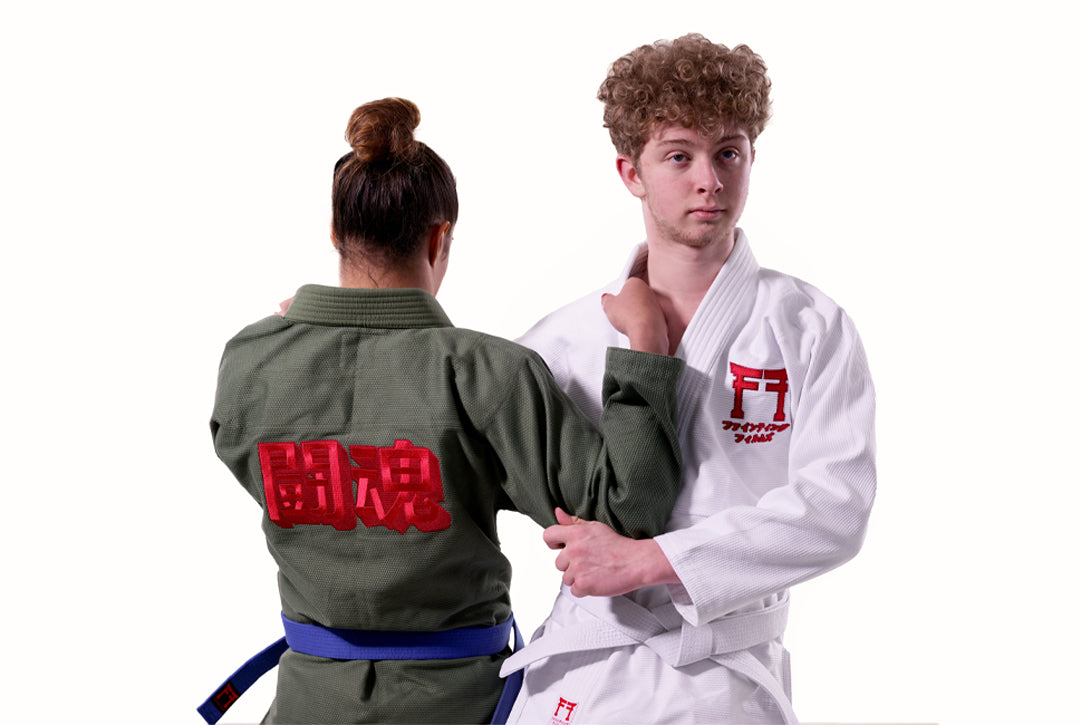


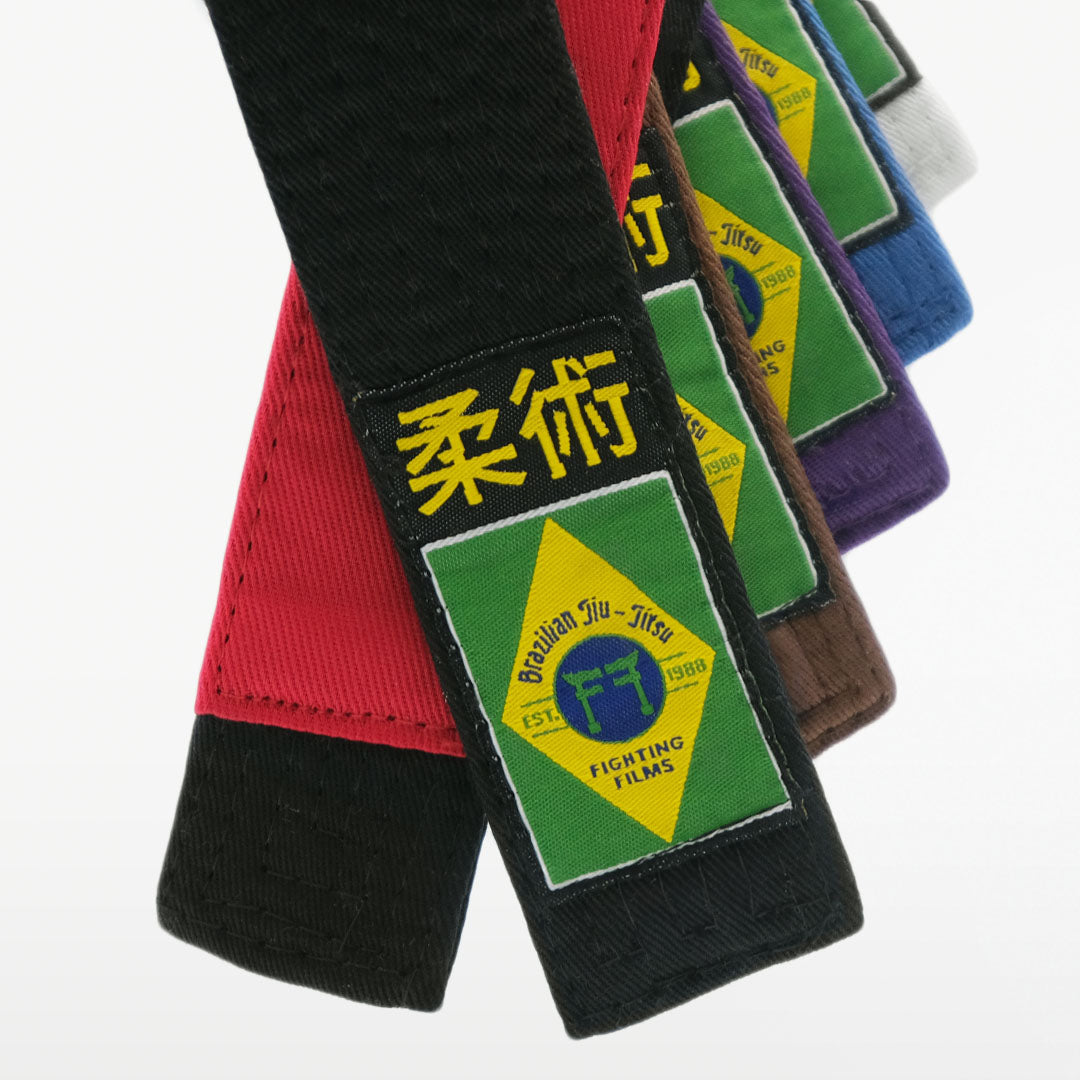
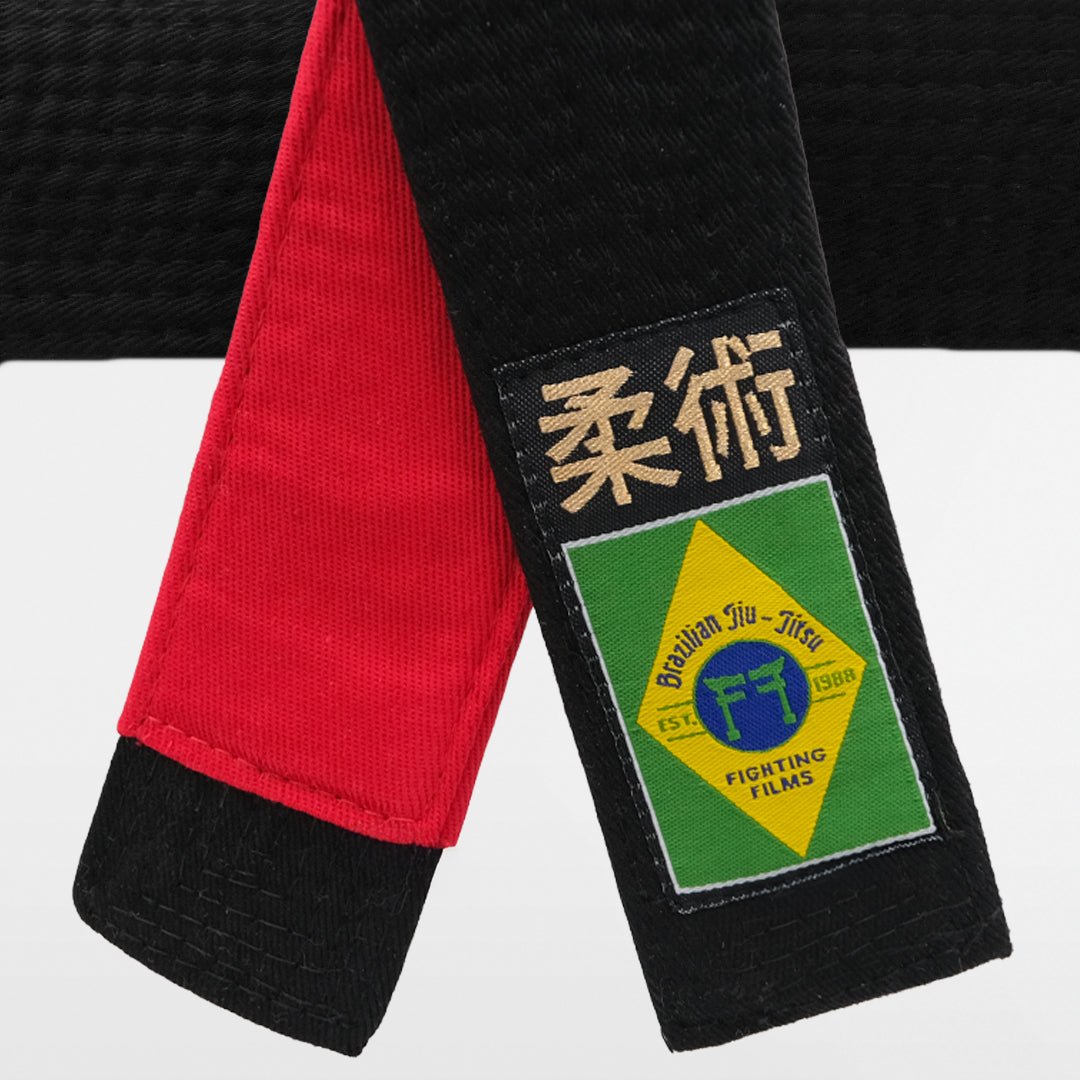
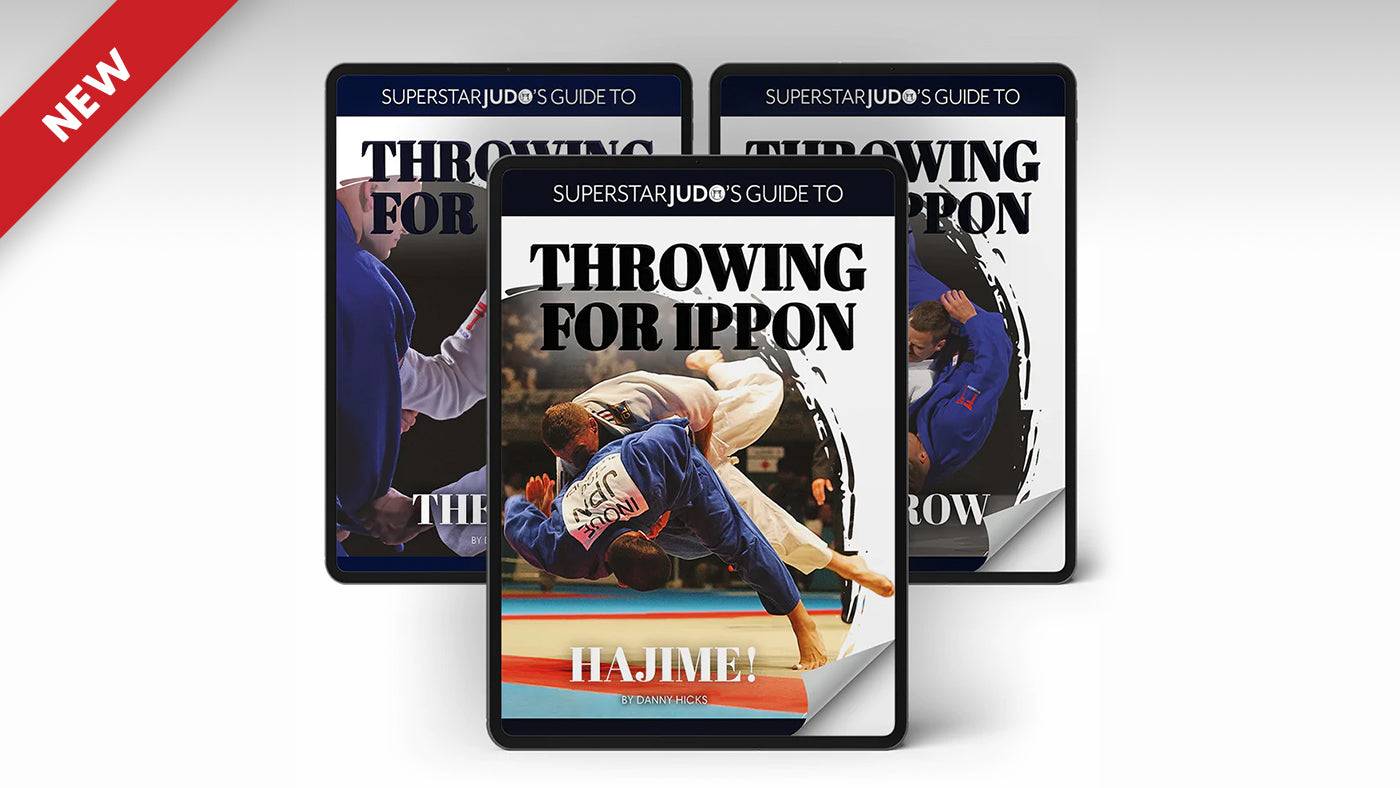


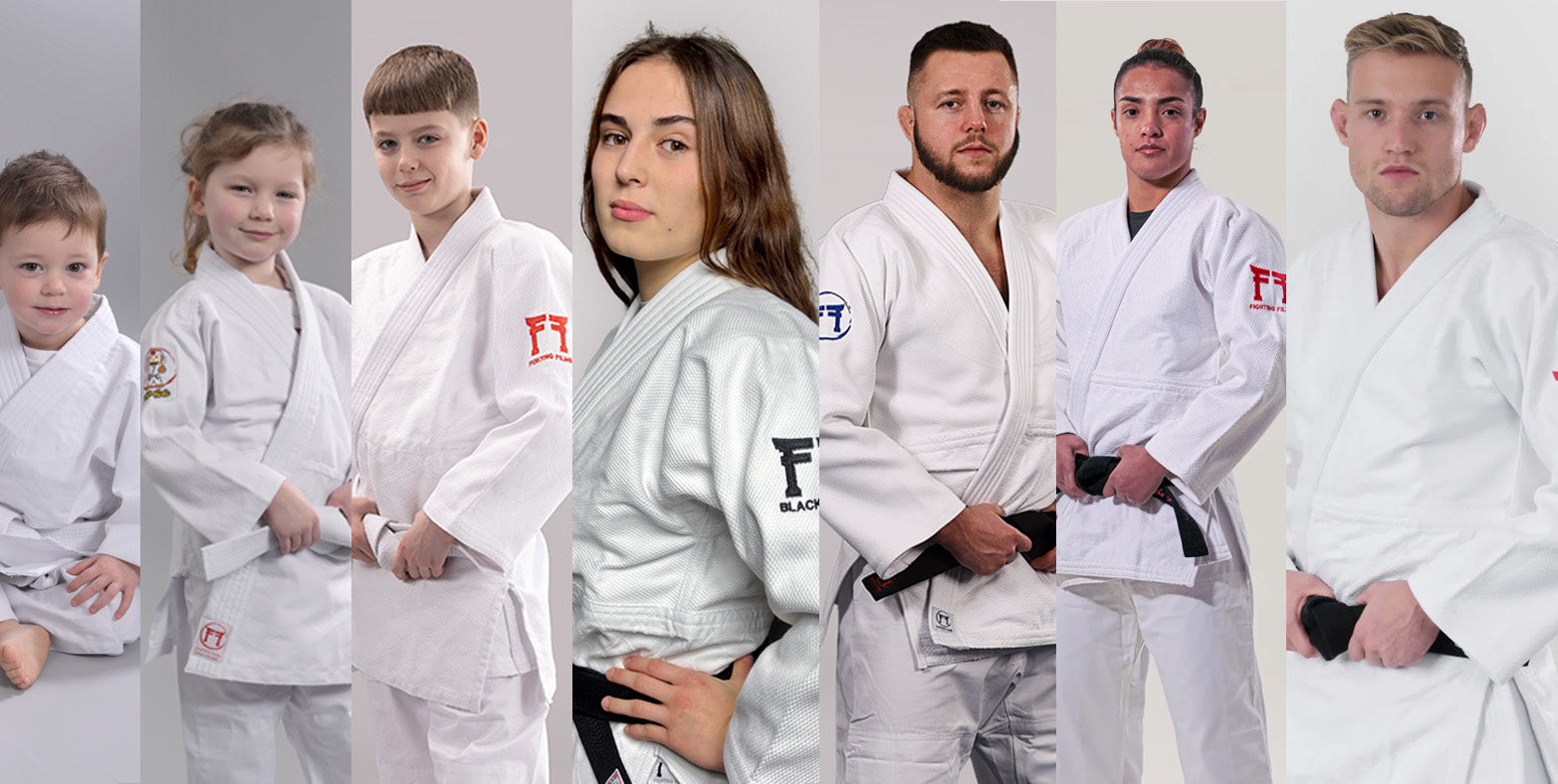
Leave a comment (all fields required)